 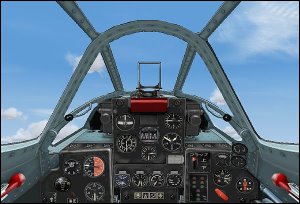 |
|
|
 |
|
Kawasaki ki-61 "Tony"
CFS2 / FS2004/ FS2002
Price 17.00 usd / 14.00 euro
- GMAX MODEL
- CFS2 AI MODEL
- 30 texture sets
- new highly detailed model
- Stunning dynamic virtual cockpit, complete
with standard Fs2004 features
- New fully animated vintage JAPANESE Pilot
- specular reflectivity (dinamic shine)
- New custom Fs2004 Effects with wingtip
vortices, vapor contrails, and machine guns
- 2D panel with gauges
- 2D panel pop-ups for GPS, radio and throttle
lever
- engine sounds
- 1 airport scenery
- 2 flightplans
- Canopy animation
- Multiresolution
- landing light
- Shock absorber movement
- All appropriate Fs2004 features and
animations included
- 2 detailed pdf documents with history,
performances and tutorial | |
| |
|
|
 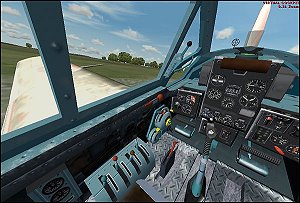 |
|
|
The Kawasaki Ki-61 Hien ("Swallow") fighter
represented a major departure for Japanese
aircraft design in World War II.
|
|
|
|
| |
|
Buy Now |
Check Out |
 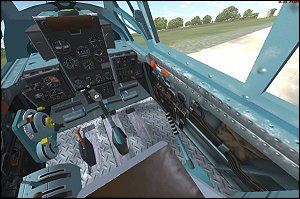 |
|
|
While other Japanese fighters were designed with
air-cooled radials and were optimized for
maneuverability, the Ki-61 used a liquid-cooled
in-line engine and was designed for speed and
power. In fact, the Ki-61 was so different from
other Japanese fighters that when the type was
first encountered in combat over New Guinea in
June 1943, the Allies thought it wasn't a
Japanese design at all.
|
|
|
|
| |
|
Buy Now |
Check Out |
 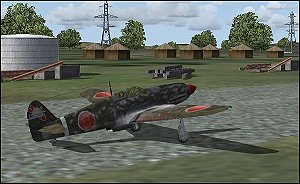 |
|
|
At first they believed it was a copy of the
German Messerschmitt Me-109, then suspected it
was a copy of the Italian Macchi C.202 Foglore
or similar Italian fighter. For this reason they
gave it the code-name "Antonio", or "Tony",
though by the summer of 1943 the Allies were
convinced the Ki-61 was in fact a Japanese
design. |
|
|
|
| |
|
Buy Now |
Check Out |
  |
|
|
In March 1938, Kawasaki signed an agreement with
Daimler-Benz of Germany for manufacturing rights
to the liquid-cooled inline engines then under
development by the German firm. In April 1940, a
Kawasaki engineering team visited Daimler-Benz
in Stuttgart to obtain plans and samples of the
DB-601A engine, then being used in the Bf-109.
|
|
|
|
| |
|
Buy Now |
Check Out |
 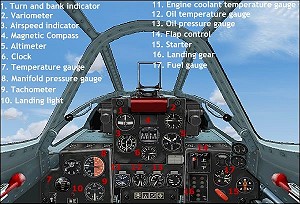 |
|
|
The Japanese Army also had
unpleasant experiences in air combat against
Soviet Polikarpov I-16 fighters during the
beating the Japanese took from the USSR in a
border clash over Manchuria in the summer of
1939. This experience suggested that the
single-minded focus on agility above all that
characterized Japanese fighter design doctrine
might need to yield to a focus on speed and
improved armor protection and firepower.
|
| |
|
|
| |
|
Buy Now |
Check Out |
 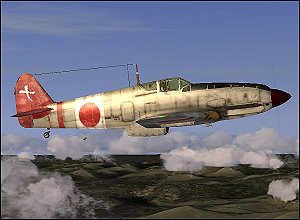 |
|
|
In February 1940, the IJA initiated work with
Kawasaki on two single-seat fighters based on
the DB-601A derivative engine: a heavy
interceptor, designated the "Ki-60", and a
general-purpose fighter, designated the "Ki-61".
Kawasaki decided to build the Ki-60 first, and
the design team, under Kawasaki chief designer
Takeo Doi and his deputy Shin Owada, constructed
three prototypes of the interceptor in 1941. |
| |
|
|
| |
|
Buy Now |
Check Out |
 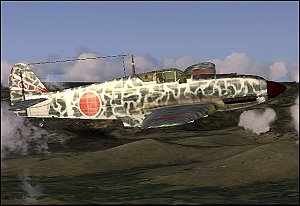 |
|
|
The Ha-40 engine was not available at that time,
so the three aircraft were powered by sample
DB-601A engines obtained from Germany. The Ki-60
was a low-wing monoplane, with plenty of power
and heavy armament by Japanese standards. The
first and second prototypes had two 12.7
millimeter (0.50 caliber) Ho-103 machine guns
mounted on the nose in front of the pilot and
two 20 millimeter Mauser MG-151 cannons, one
mounted in each wing, for a total of four guns.
The third prototype had four 12.7 millimeter
guns. |
| |
|
|
| |
|
Buy Now |
Check Out |
 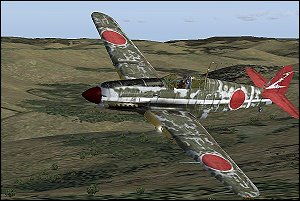 |
|
|
Flight tests began in March 1941 and showed that
the Ki-60 was too unmaneuverable and didn't meet
its speed and climb requirements. Various tweaks
to improve the aircraft failed, and so the Ki-60
was abandoned. The experience was valuable,
however. Design work on the Ki-61, whose
development had been proceeding in parallel with
the Ki-60 since December 1940, incorporated new
features derived from the lessons learned by the
Ki-60 program |
| |
|
|
| |
|
Buy Now |
Check Out |
 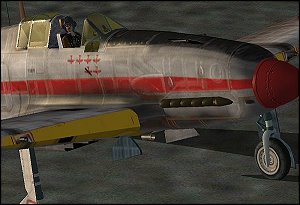 |
|
|
The first prototype was rolled out in early
December 1941, and its performance proved
excellent. Eleven more prototypes were delivered
to the IJA for intensive trials. The Ki-61 was
pitted against other Japanese fighters, as well
as against the Messerschmitt Bf-109E-3, of which
two had been bought by the IJA from the Germans,
and the Curtiss P-40E, several of which had
fallen into Japanese hands after the capture of
the Dutch East Indies. .
|
| |
|
|
| |
|
Buy Now |
Check Out |
  |
|
|
While test pilots were a little skeptical of the
new aircraft at first, pilots with combat
experience appreciated the Ki-61's self-sealing
fuel tanks, heavier armor and armament, and fast
diving speed. The air combat tests showed the
Ki-61 to be faster than all its adversaries, and
easily out-maneuvered all of them except the
Japanese Nakajima Ki-43 ("Oscar").
|
| |
|
|
| |
|
Buy Now |
Check Out |
 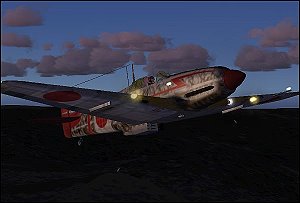 |
|
|
The Hien entered combat in the spring of 1943 in
the New Guinea war zone, covering New Guinea,
the Admiralty Islands, New Britain, and New
Ireland. The new Japanese fighter caused some
pain and consternation among Allied pilots,
particularly when they found out the hard way
that they could no longer go into a dive and
escape as they had from lighter Japanese
fighters. 5th Air Force Commander General George
Kenney found his P-40 Warhawks completely
outclassed, and begged for more P-38 Lightnings
to counter the threat of the new enemy fighter. |
| |
|
|
| |
|
Buy Now |
Check Out |
 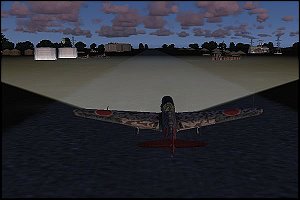 |
|
|
The Ki-61 demonstrated only a
few teething problems in field use, such as a
tendency towards engine overheating during
ground running under tropical conditions.
However, despite the heavier armament, it still
didn't have the punch to easily knock rugged and
well-armed Allied bombers out of the sky. Once
the Ho-5 cannon became available, Kawasaki
designers then reversed the arrangement of the
guns, putting the 20 millimeter cannon in the
nose and the 12.7 millimeter guns in the wings.
While they were making these modifications, they
also made a few changes to streamline
manufacturing and simplify field maintenance.
This new variant was designated the "Ki-61-I
KAIc" (where "KAI" was for "kaizo", or
"modified") was 19 centimeters (7.5 inches)
longer than its predecessors, and also featured
a detachable rear section; a fixed tailwheel
instead of the earlier retractable tailwheel;
stronger wings; and stores pylons outboard of
the main landing gear, allowing it to carry two
250 kilogram (550 pound) bombs. |
| |
|
|
| |
|
Buy Now |
Check Out |
 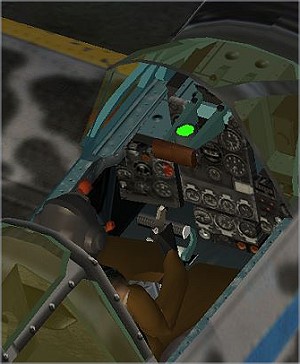 |
|
|
The Ki-61-I KAIc went into
production in January 1944 and ultimately
replaced production of all earlier models in
August 1944. A few "Ki-61-I KAId" bomber
interceptors were also built in late 1944. These
aircraft featured two 12.7 millimeter guns in
the fuselage and a 30 millimeter Ho-105 cannon
in each wing. Total production of all
subvariants of the Ki-61-I was 2,654, with the
Ki-61-I KAIc accounting for over half that
number. |
| |
|
|
